Smallest Breadboard Computer
by 3DSage in Circuits > Electronics
1070 Views, 11 Favorites, 0 Comments
Smallest Breadboard Computer
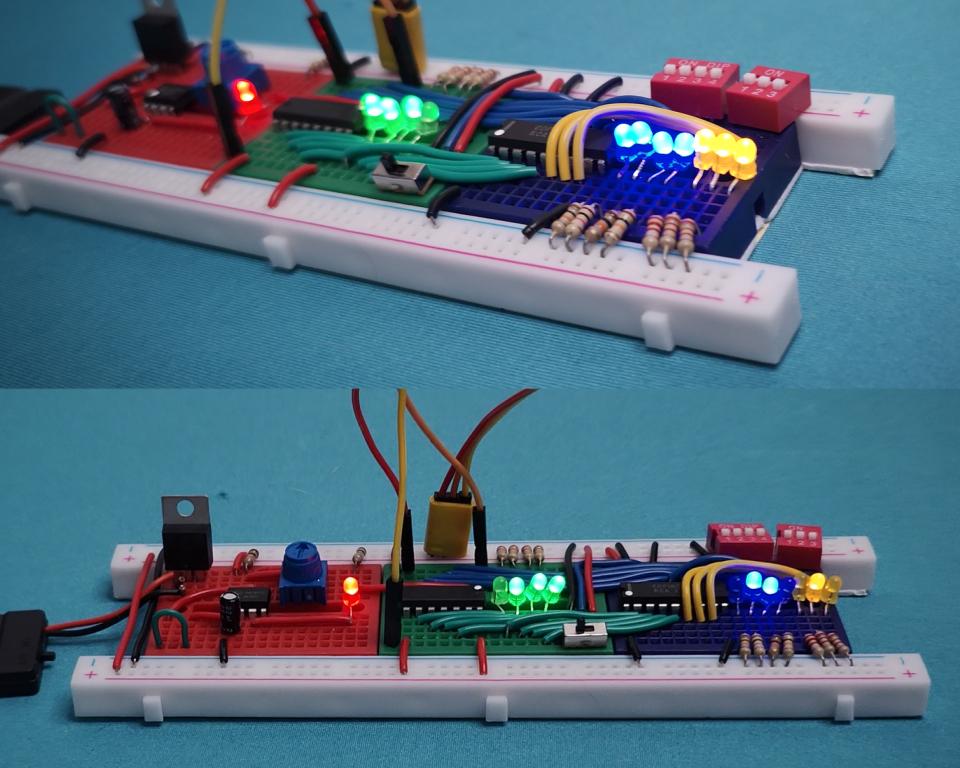

I designed this 3 chip breadboard computer to help remove the mystery of how computers work. We will build it step by step, write our own machine language and functional programs. I also created a kit and a small toggle switch version. There is so much content here so check out the video.
Supplies
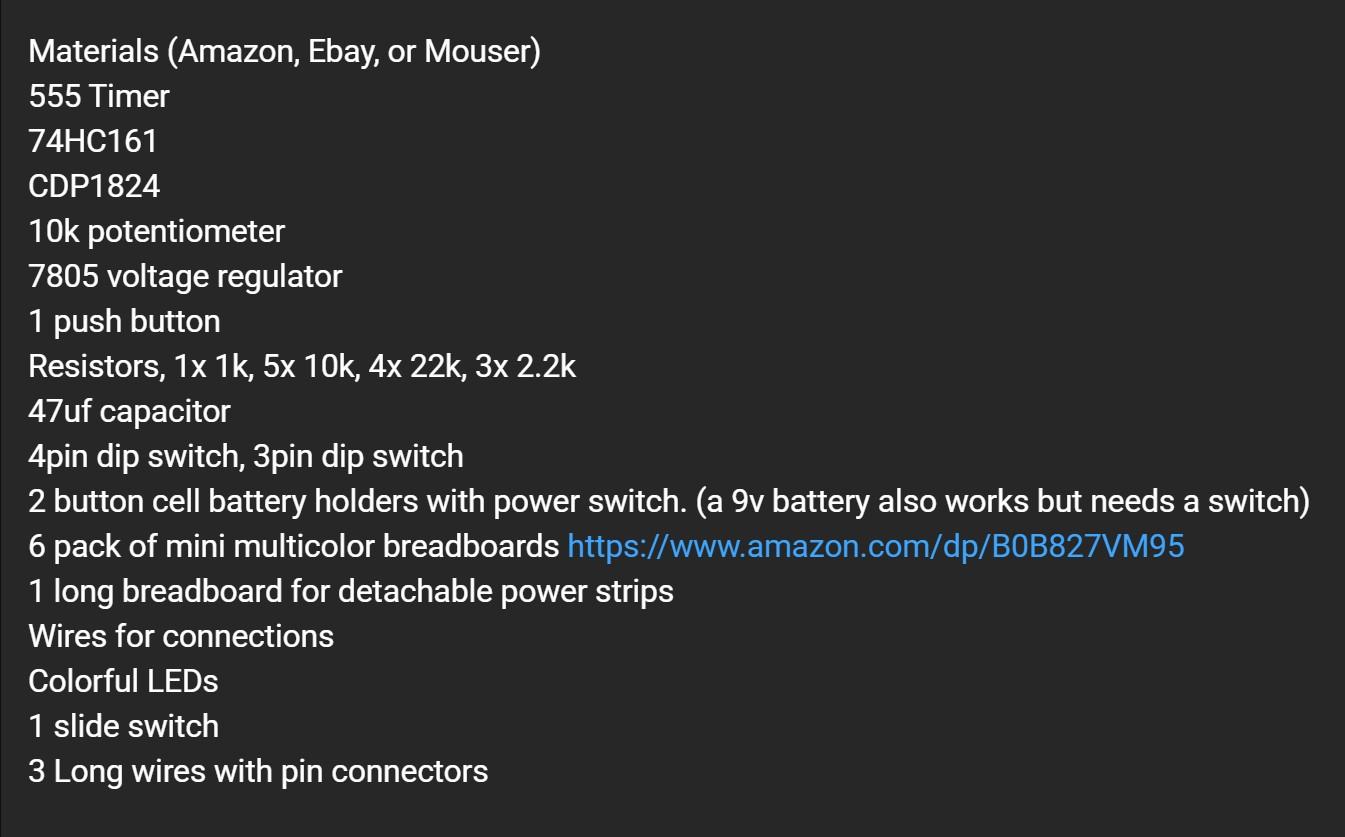
The image attached lists the materials needed! I was able to find it all on Amazon and eBay but help support your local electronics store if you have one near you.
Our Heart Beat
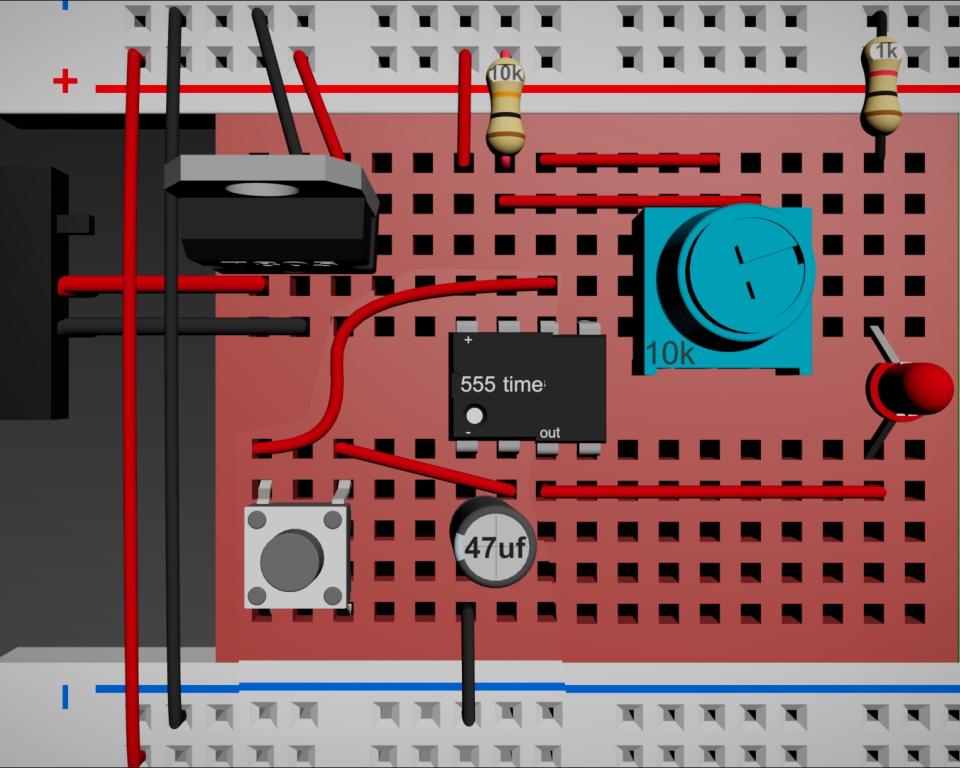
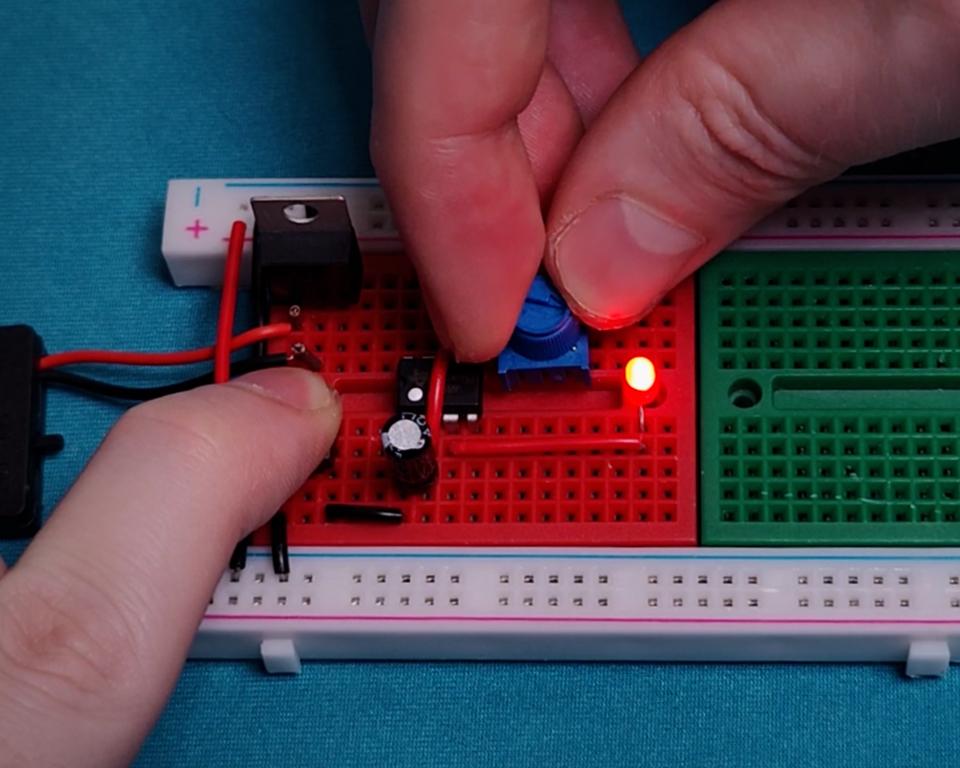
Every computer has a heart beat. It pulses on-off, up-down, high-low, 1-0. However you call it, it gives life to your computer and you can adjust that beating with the variable resistor.
Count in Binary
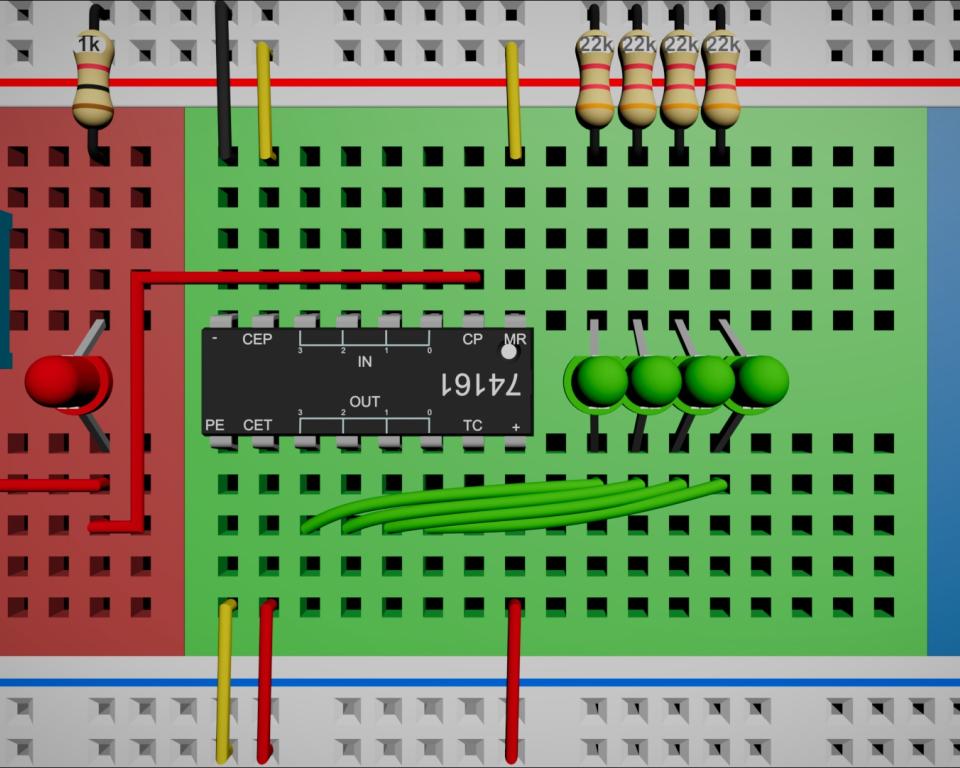
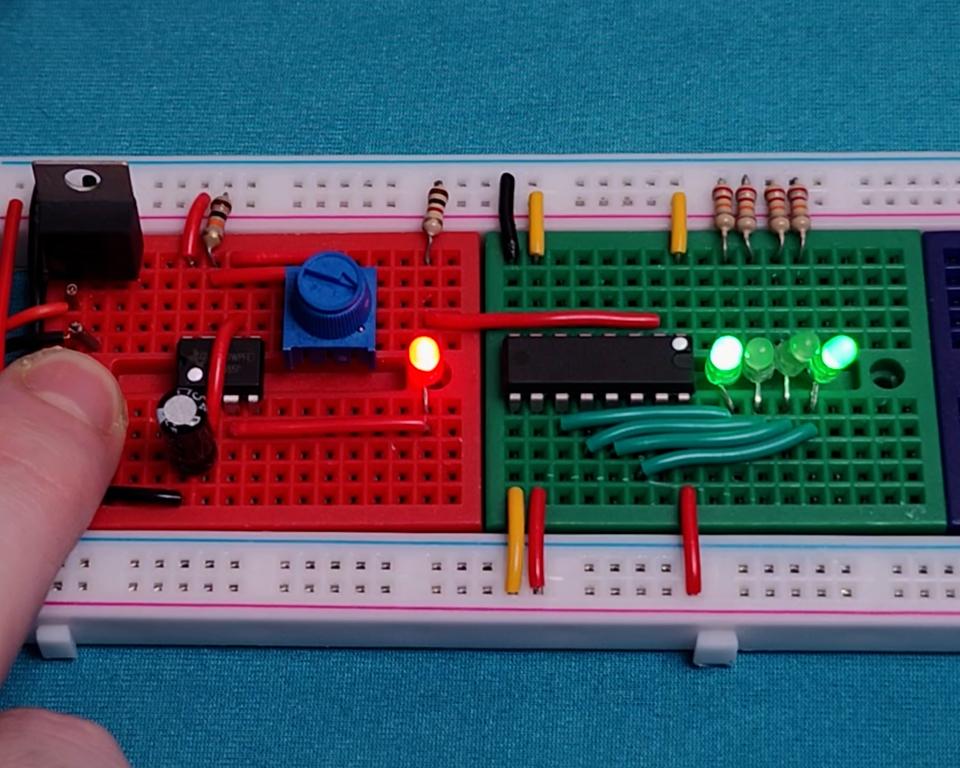

That heat beat will advance our next chip to count from 0-15. But how? I designed a 3D print to help visualize how the far right bit flips and a comparison is made down the line to the left. Each position represents double the previous so add up the values and that's your number. Watch the video or 3D print the file yourself to see it in action!
Link to 3d printed files: https://www.thingiverse.com/thing:7137326
Remember With RAM
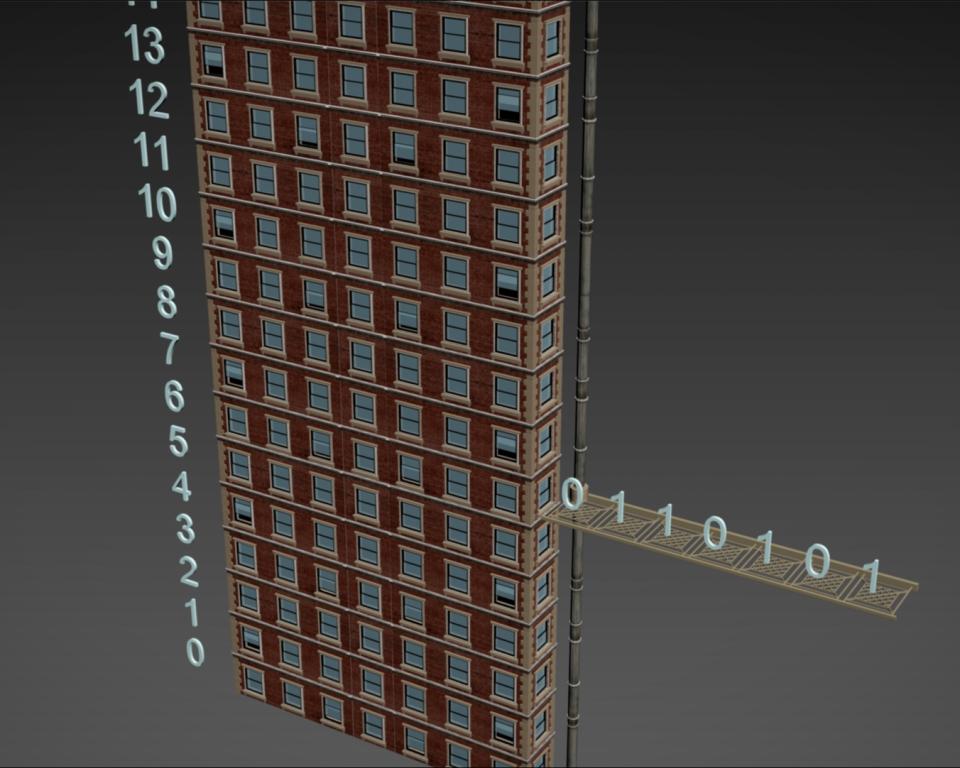
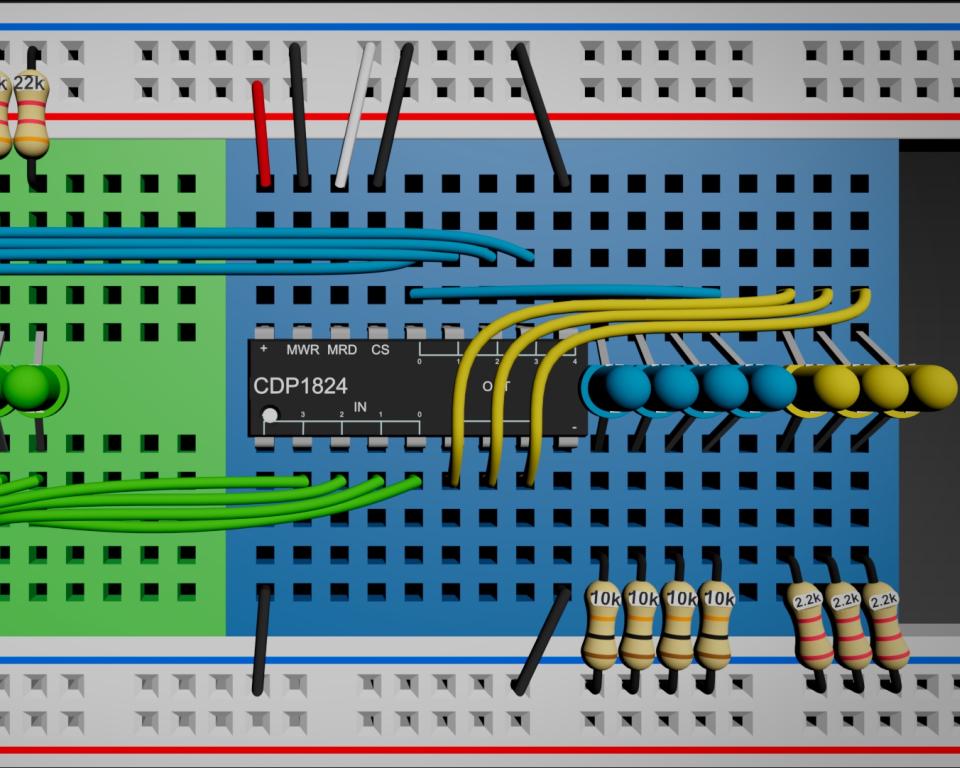
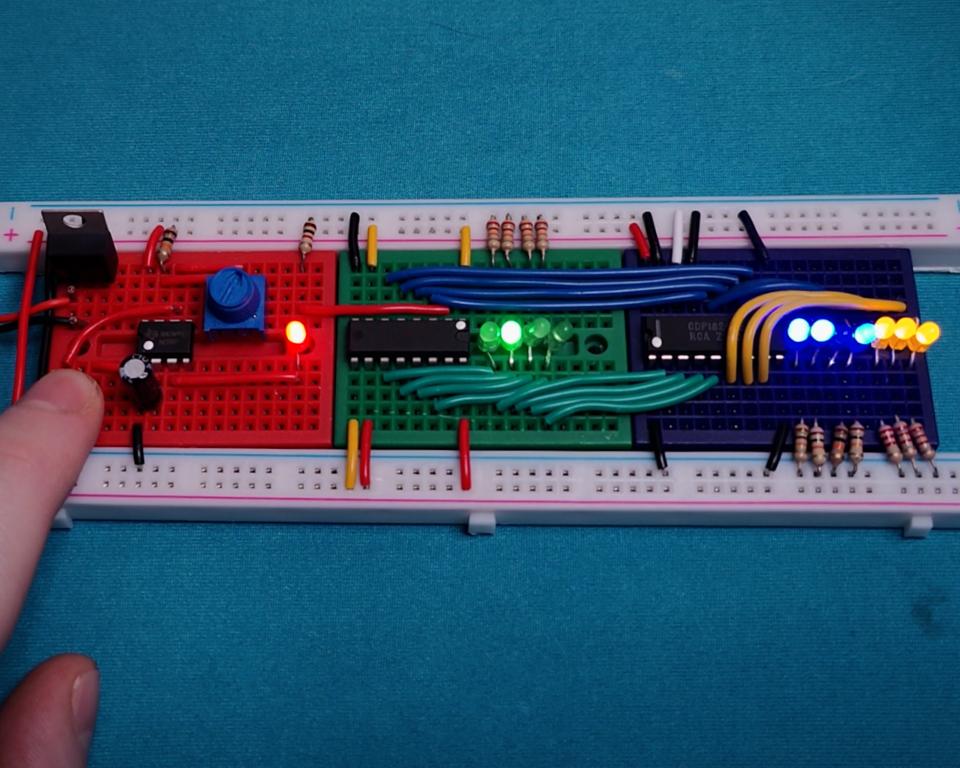
I like to visualize our RAM chip like an old New York apartment building 15 floors high and 7 apartments wide. The binary counter number will let us view any floor in our apartment building to see who is home. Example , if our counter chip reads 1010, then our RAM chip will check on floor 10.
Operand and Opcode
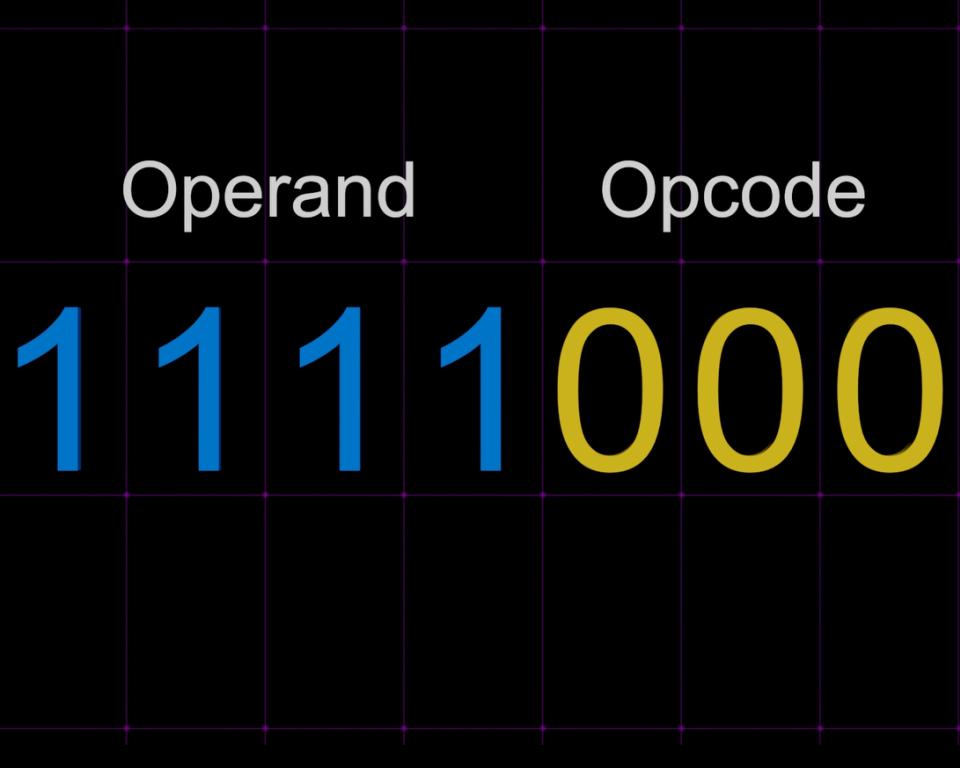

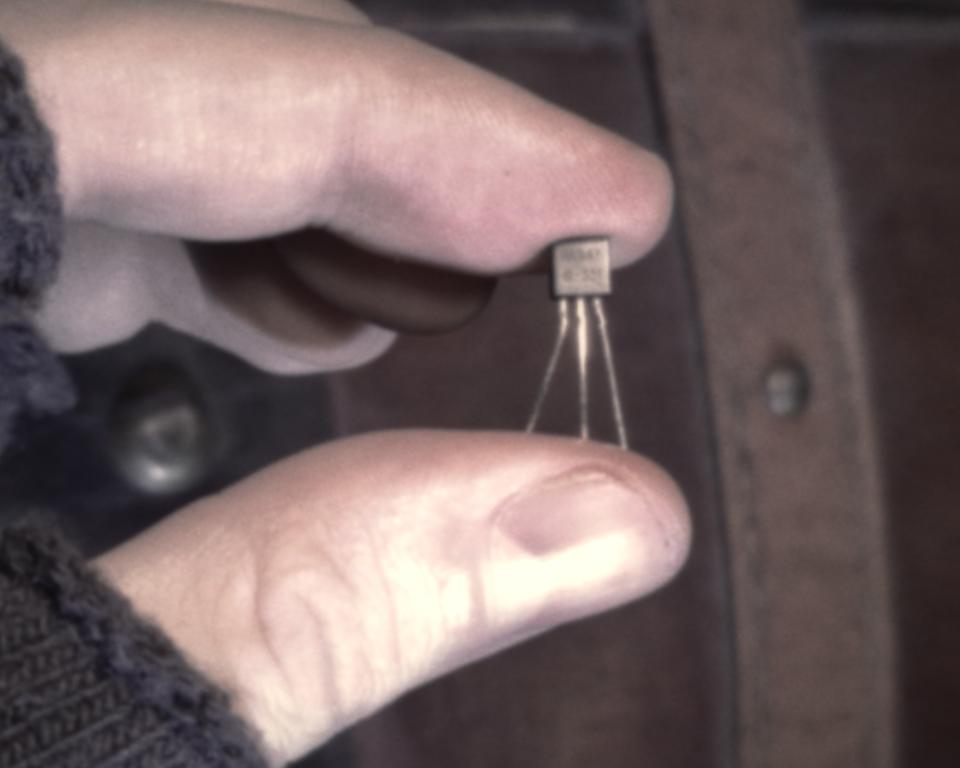

Now what do those stored values do? Well, the first 4 blue values are the data called Operands. They are values that we input and store to display as pixel, or send to a speaker to play music or anything we want. It's our data.
But the next 3 yellow leds are very important. They are the key to our computer. These 3 values are linked to our binary counter chip which has 3 pins that can alter the counter. For instance if pin 1 goes low voltage, then the chip will reset back to zero. If pin 7 is low, the chip halts. And if pin 9 is low, the chip can load or jump to a new number.
That's all we need to write code! All computers have basic commands like Halt, Jump, and Reset. We can write programs like an alarm clock. Let the counter count for 8 seconds, send data to a speaker at address 8, silent address 9, a different tone for address 10, then address 11 you can drop the jump pin to address 8 so it gets caught in a loop. Then you can connect a controller to halt to turn off the alarm, load address 5 for s quick snooze, or reset to start the alarm over.
But Does It Math
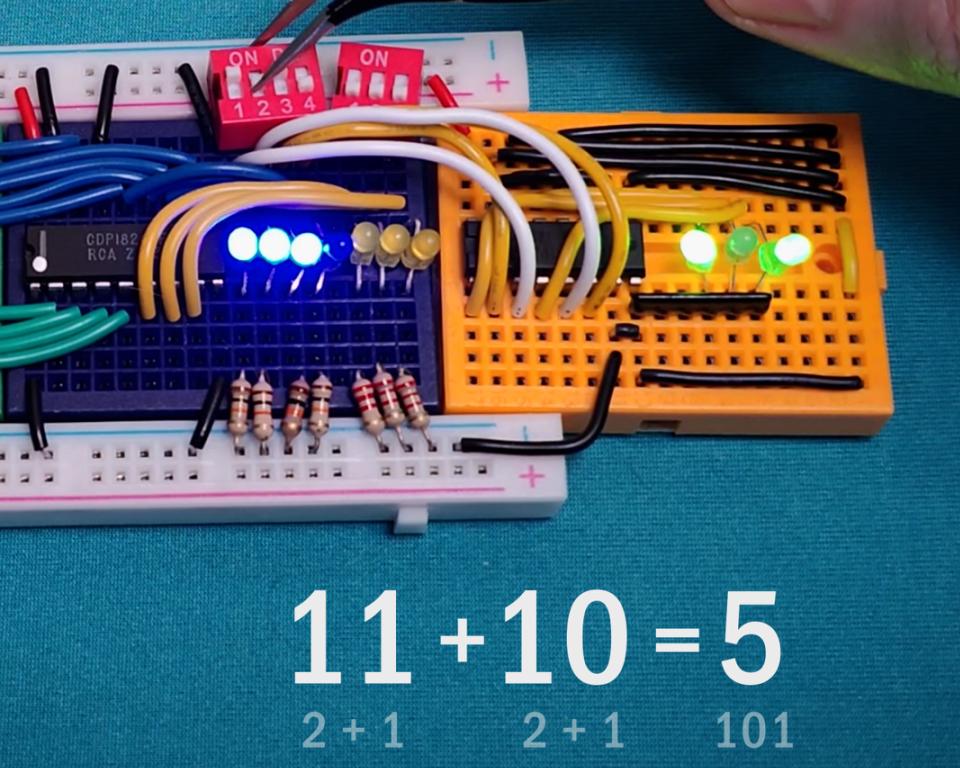
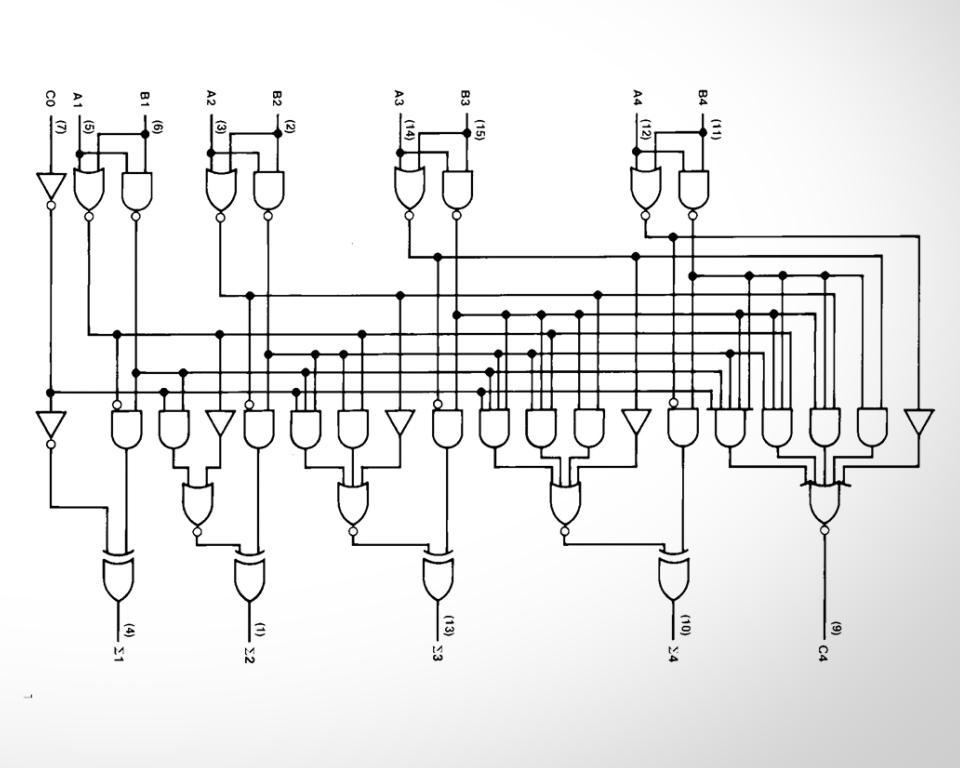
You might be thinking it can't be a computer without the ability to do math. Well I have good news because it can totally perform math! Transistors can be arranged to compare binary values and output a final result. I show in the video many math additions it can perform and yes these numbers are low but it can be scaled up. I wanted to keep this super simple to better understand how it works.
DIY Kit and Mini Toggle Switch Computer
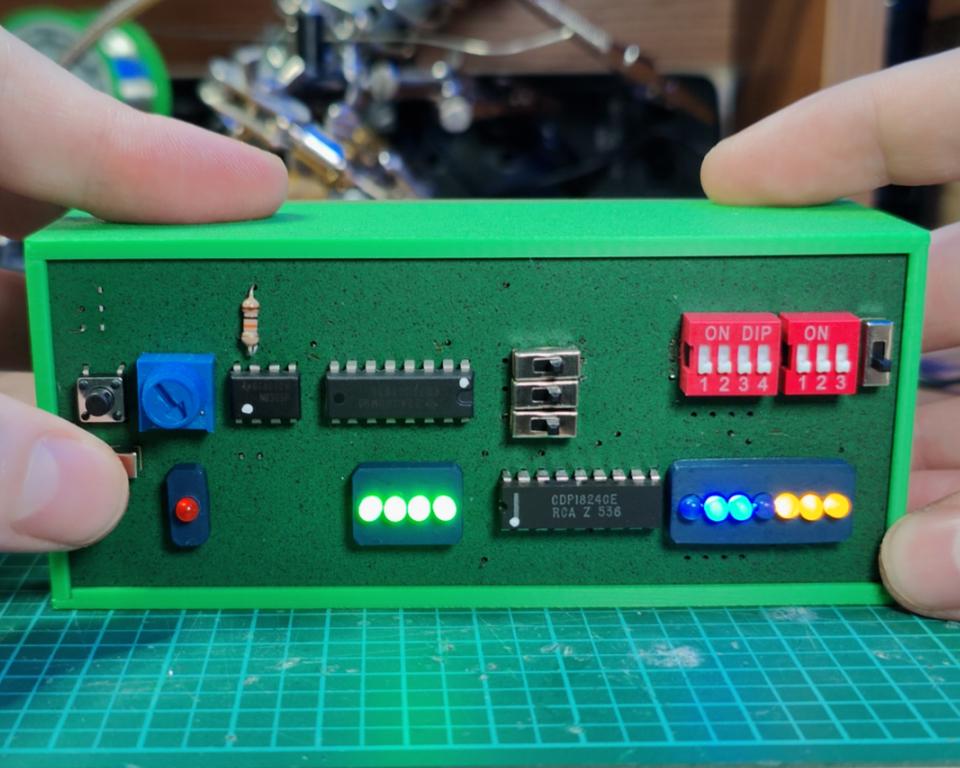
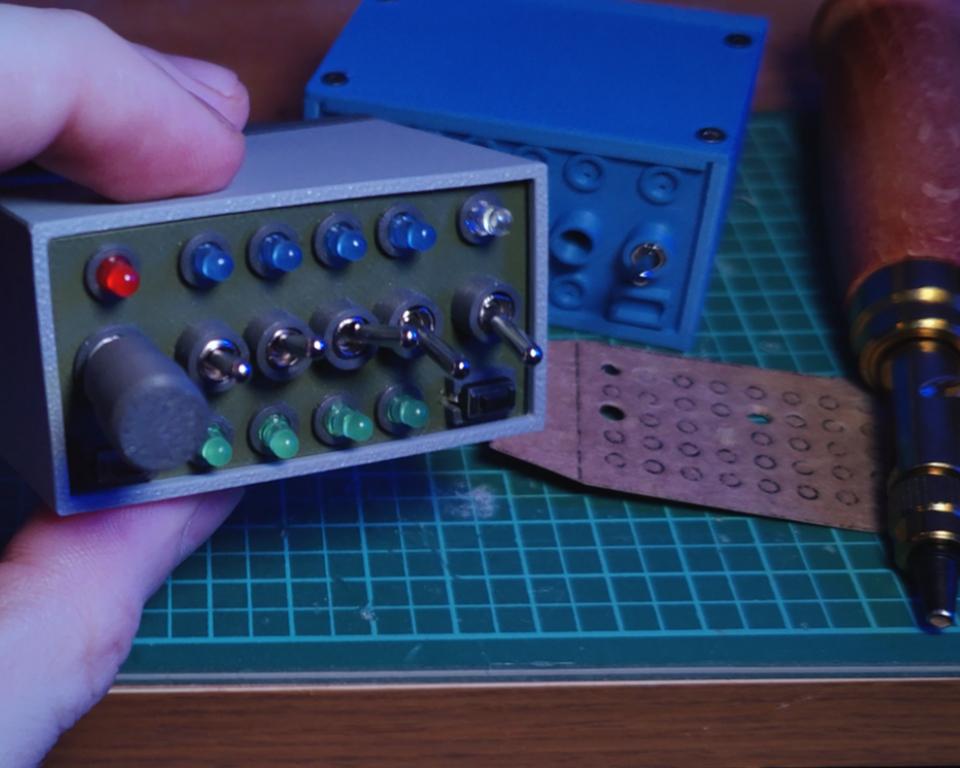
I didn't want to stop after the tutorial so I designed a pcb kit to assemble and function in the same way but with some color and style. I even 3D printed a wooden case so vote in the video comments which one your favorite.
Then I plan to shrink it down even more to create the world's smallest toggle switch computer.
We Did It!
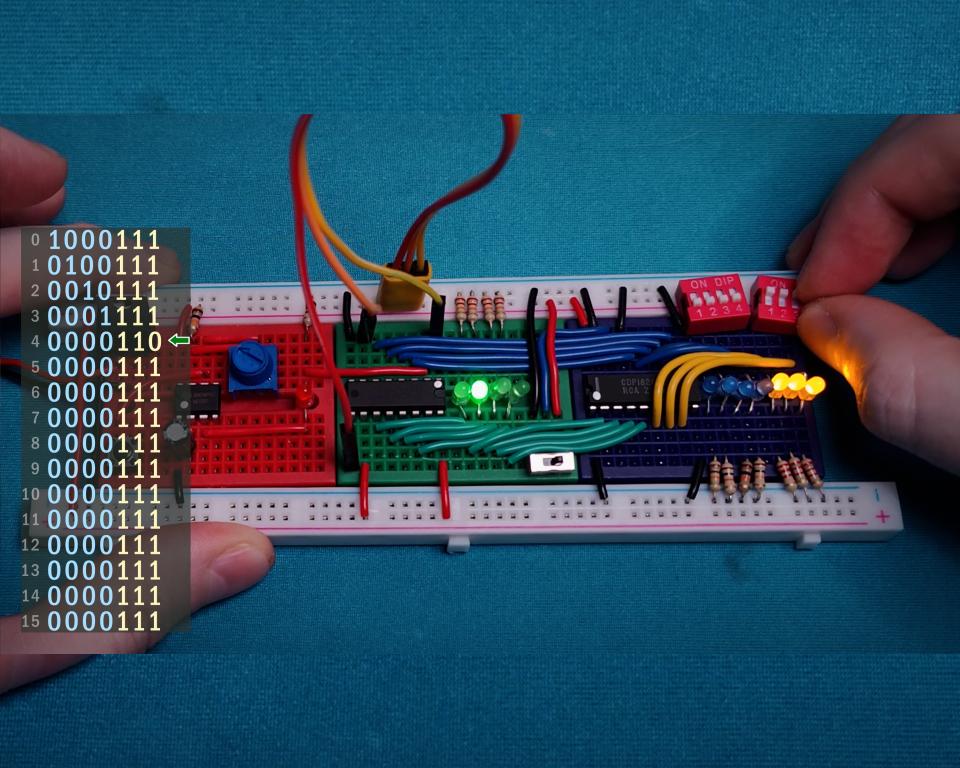
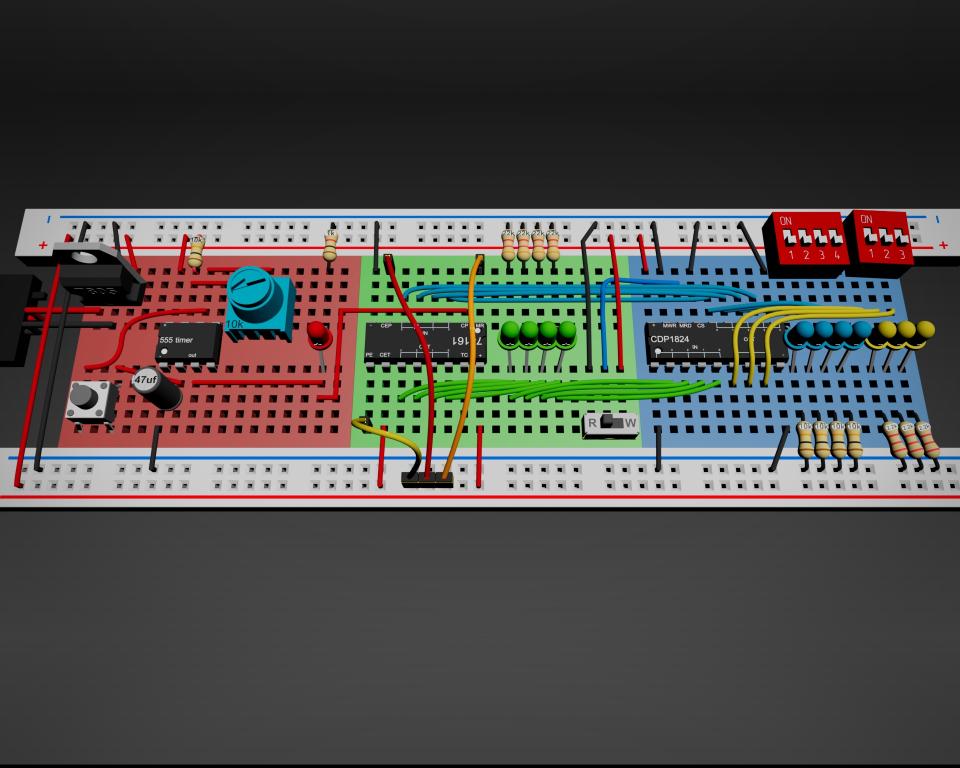
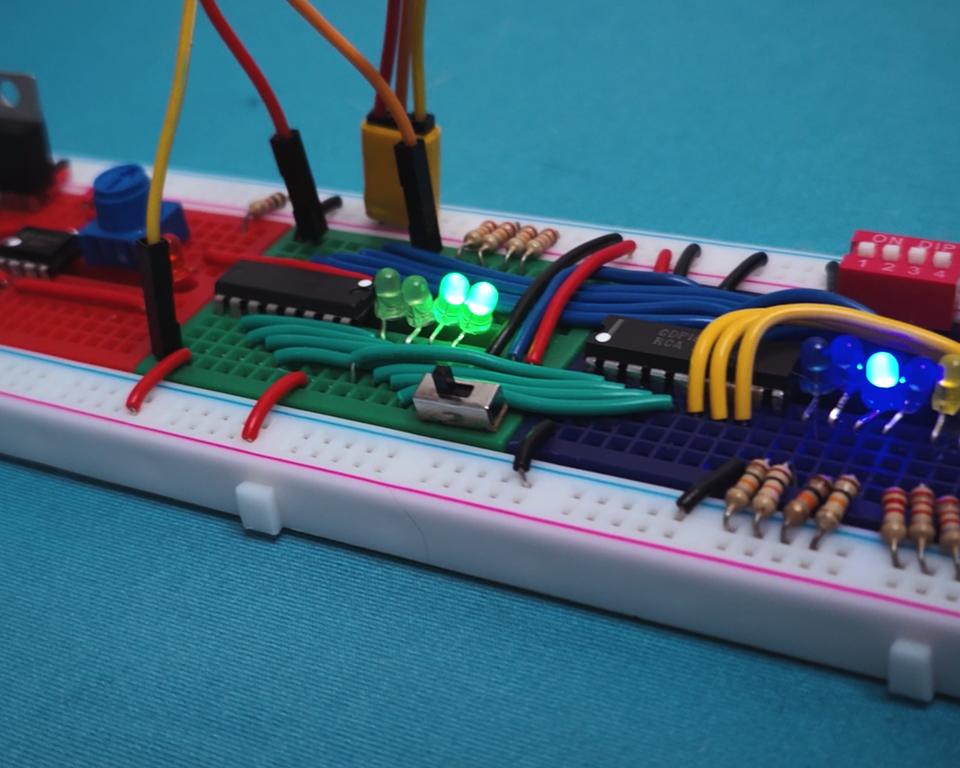

As simple as it is to build a computer with only 3 chips, it's so helpful to have visual and tactile learning to better grasp computers which surround and control our lives.
If you build the computer to do something, send me a link! I would be so happy to see what you made it do :)
Thank you for watching and I hope to see you next time!
-Sage
https://www.youtube.com/@3DSage/videos